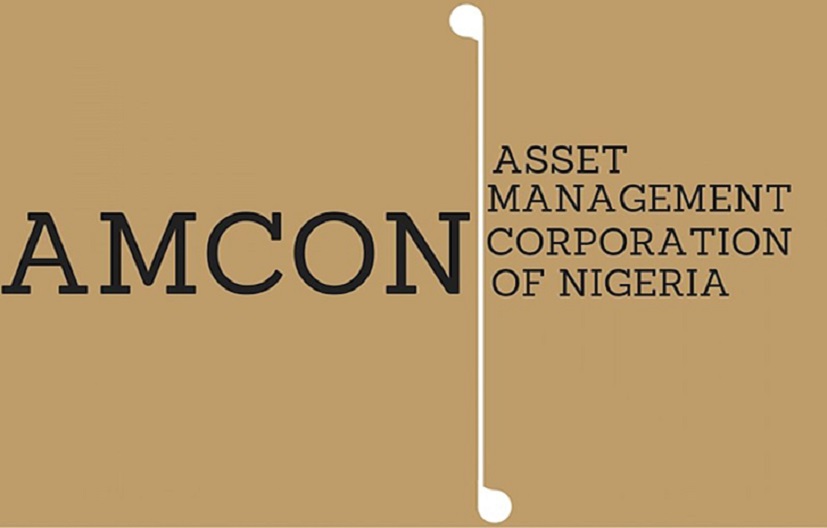Banks’ payments to the Asset Management Corporation of Nigeria (AMCON) Sinking Fund have continued to swell despite the position of the shareholders and the International Monetary Fund, IMF, that it should be scrapped.
Findings on the Fund’s update show a 22.6% rise to N269.35 billion in nine months to September 30, 2022 from N219.51 billion in the corresponding period in 2021.
But banks’ sources put the figure at more than N300 billion with payments from small banks.
This is coming amidst a renewed call for winding up of the AMCON otherwise known as ‘bad bank’ by different stakeholders in the financial market.
The International Monetary Fund (IMF) had in its Staff Concluding Statement of the 2022 Article IV Mission advised the authorities in Nigeria to “resolve weak smaller banks and proceed with the winding down of the public Asset Management Company (AMCON) by end-2023.”
This is in addition to the repeated calls by the shareholders of the banks to the federal government to wind-up the ‘bad bank’ on the claims that it has outlived its purpose.
Banks such as United Bank for Africa (UBA) Plc, Union Bank of Nigeria (UBN) Plc, Zenith Bank Plc, GTBank Plc, First Bank, Fidelity Bank Plc, Access Bank, Sterling Bank Plc and Unity Bank Plc are all affected by this levy.
Others are Wema Bank Plc, Stanbic IBTC Holdings Plc and Jaiz Bank Plc.
AMCON levy
The levy represents banks’ contribution to a fund established by the AMCON Act to help AMCON in generating funds to extinguish its liability following the mop up of toxic assets held by banks in the aftermath of the 2008/2009 meltdown.
By the AMCON Act establishing the Sinking Fund, the banks are required to contribute an equivalent of 0.5% of their total assets plus 0.5% of all contingent assets as at the preceding year end to AMCON’s sinking fund in line with existing guidelines.
The Act became effective on January 1, 2013
The contribution, according to the Act, is for a period of 10 years from the effective date of 1 January 2013. It is non-refundable and does not represent any ownership interest.
This levy also represents the cost the banks incurred on assets expensed in line with the bank’s’ capitalisation policy, cost incurred on repair, maintenance and other running costs on property, plant and equipment.
274


